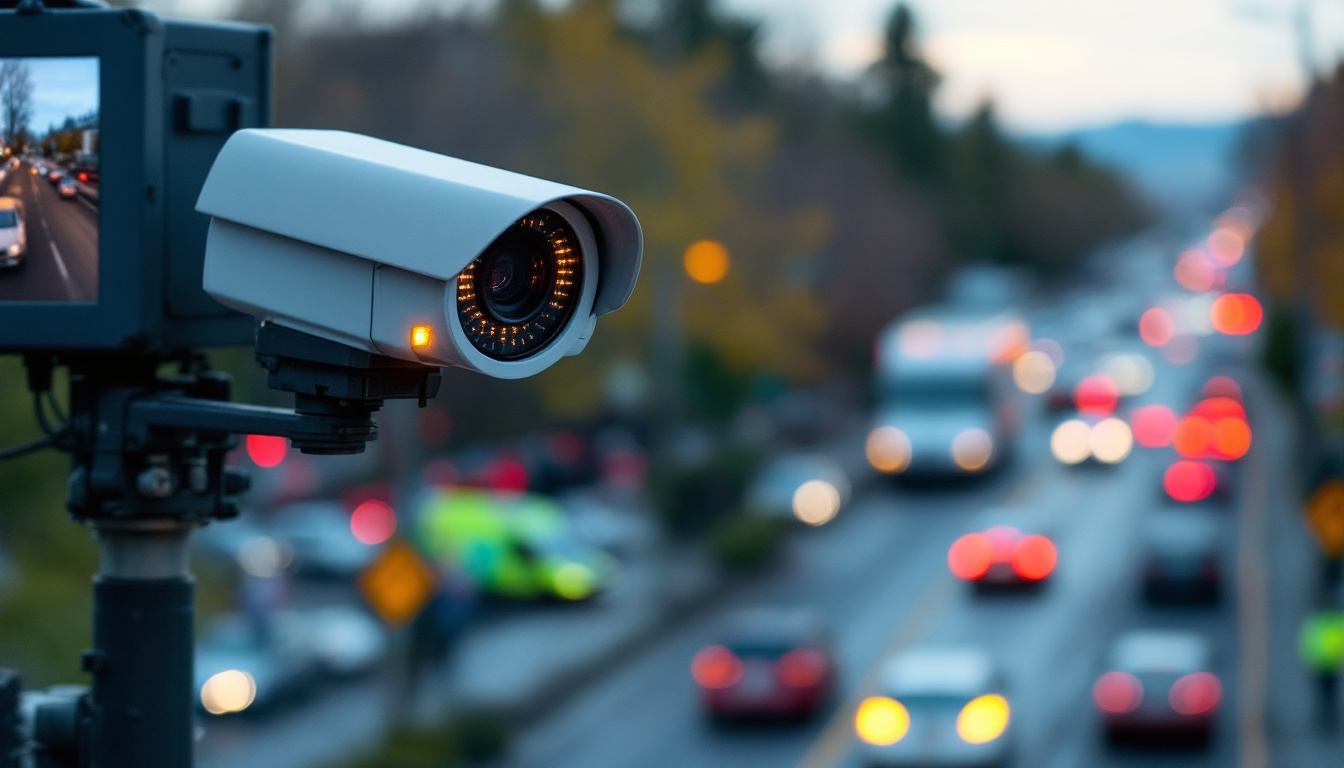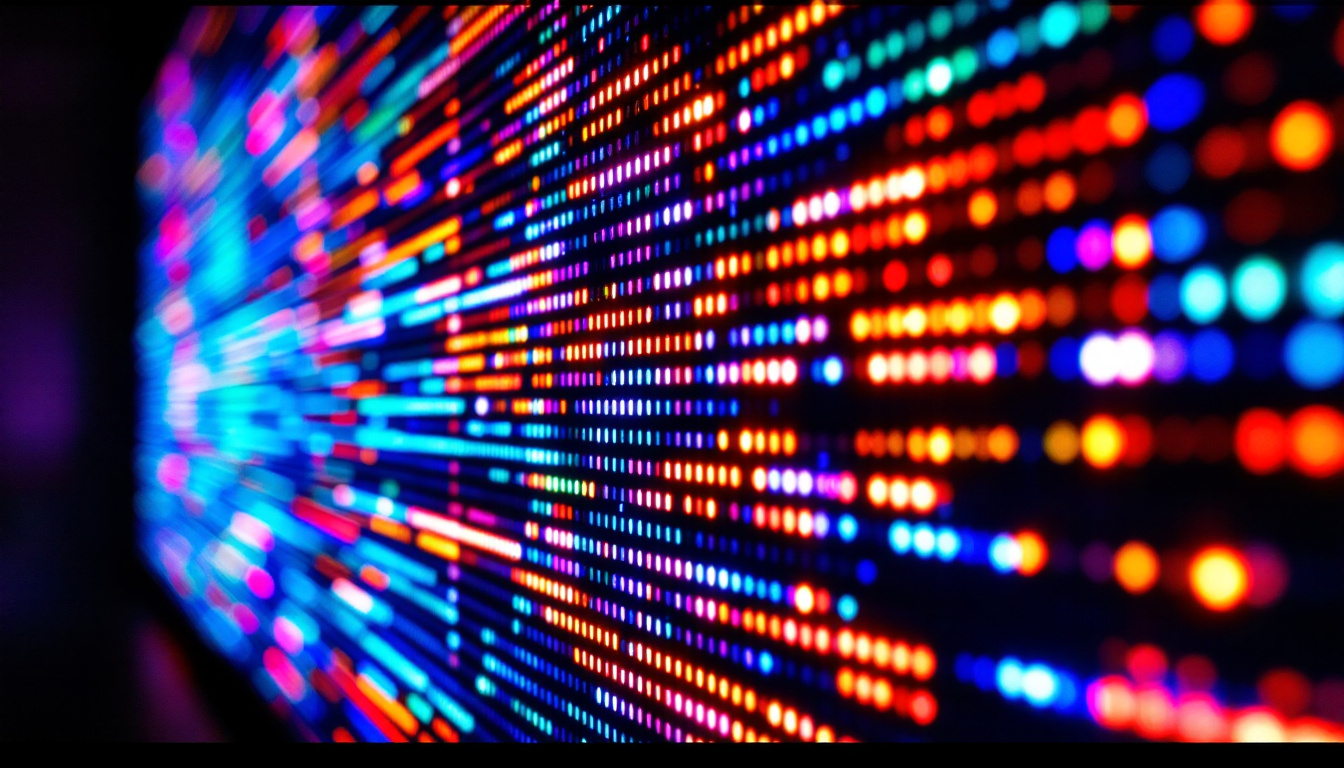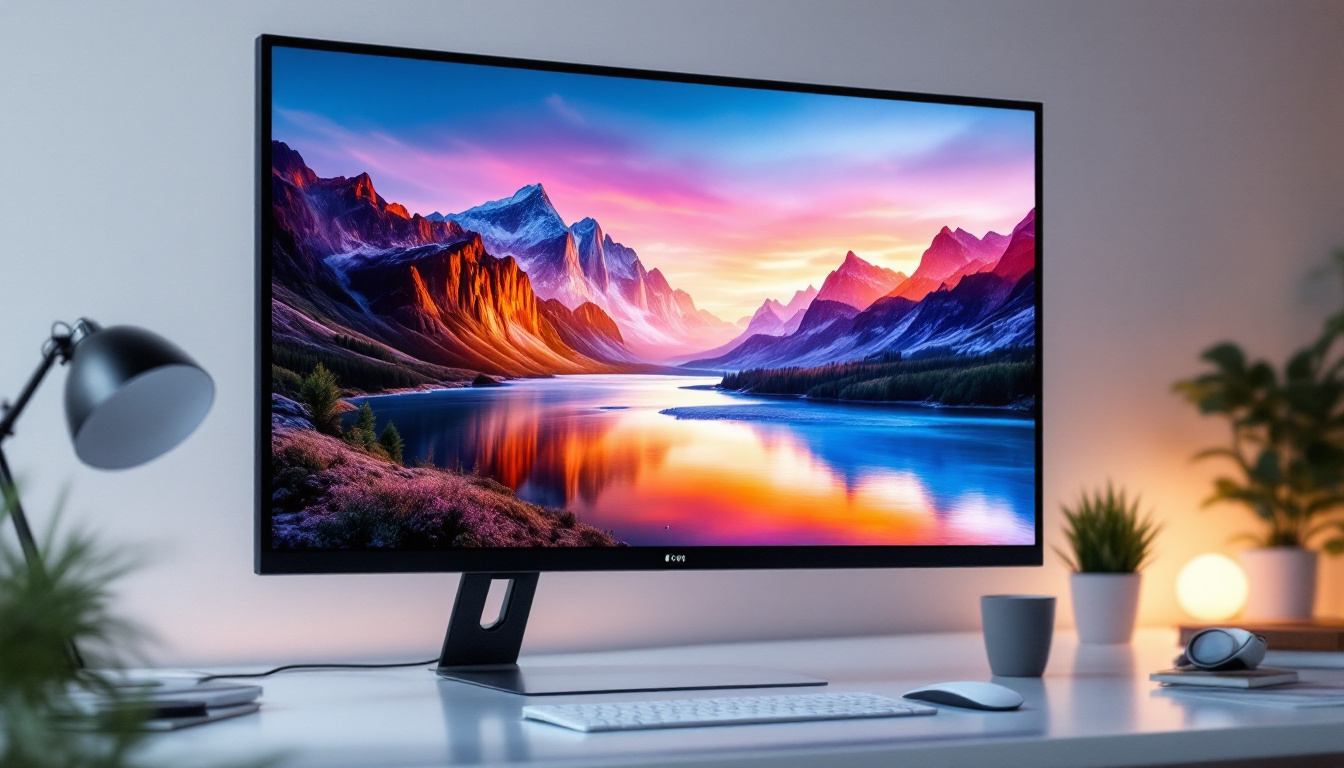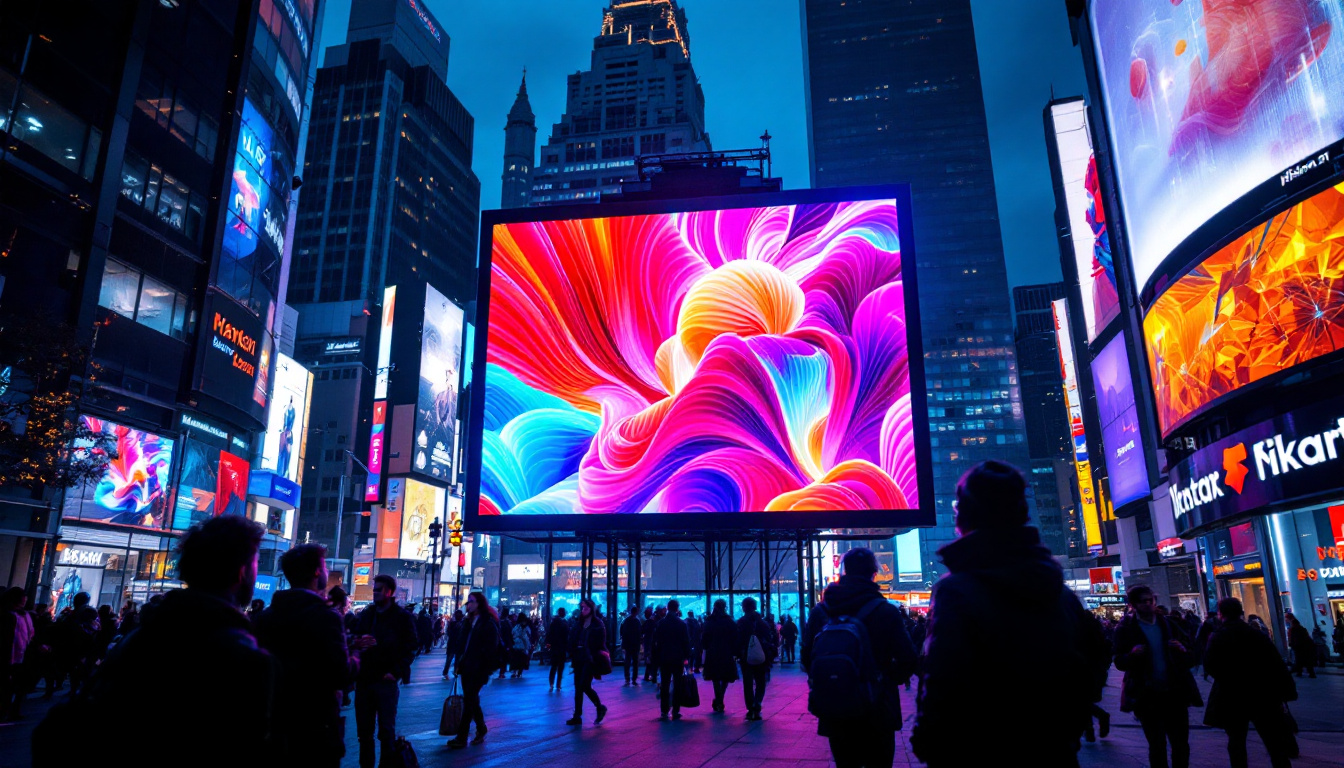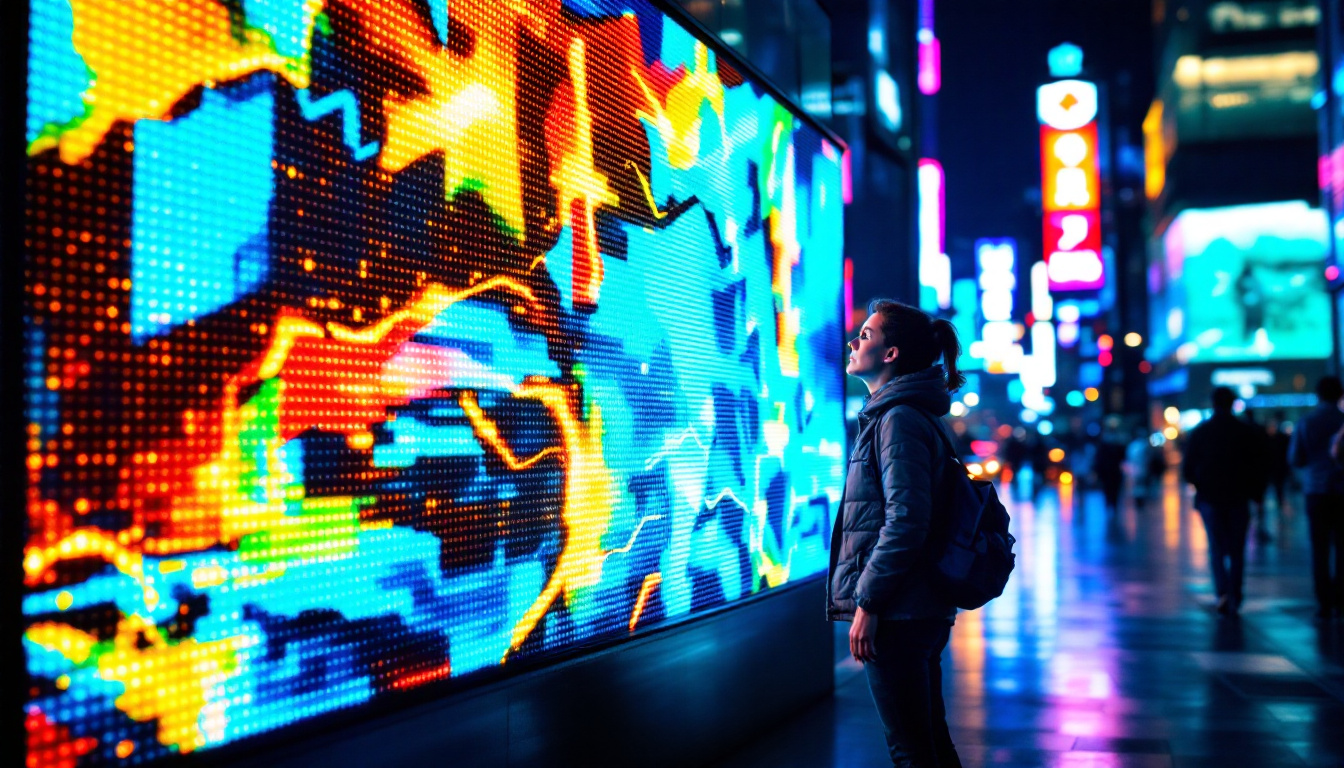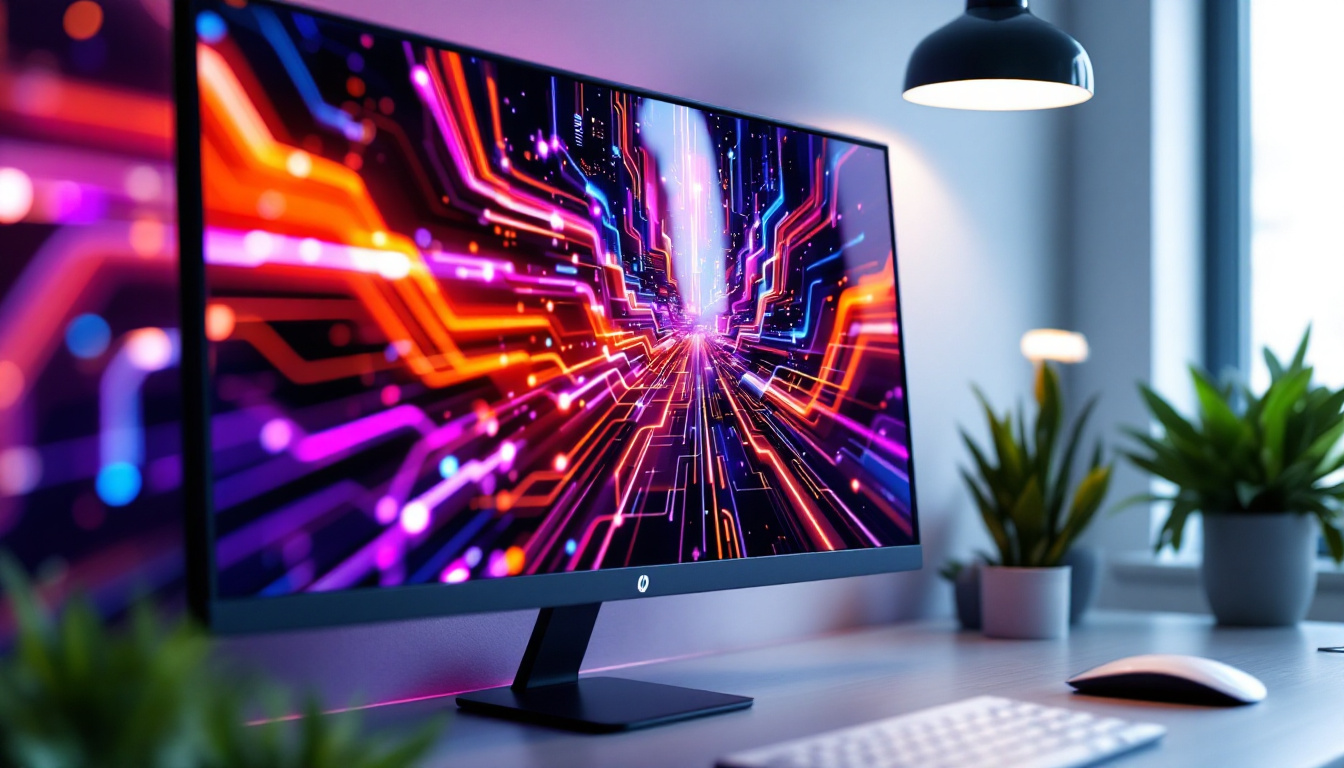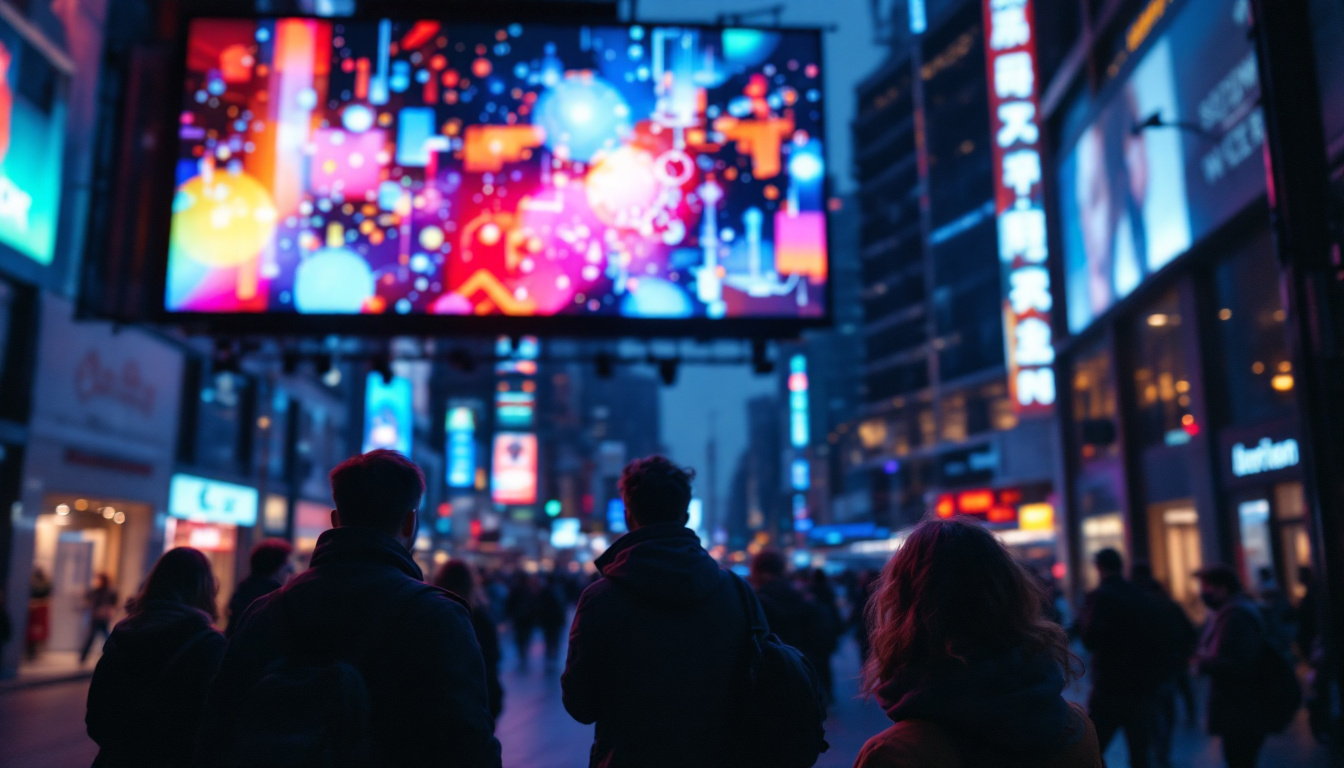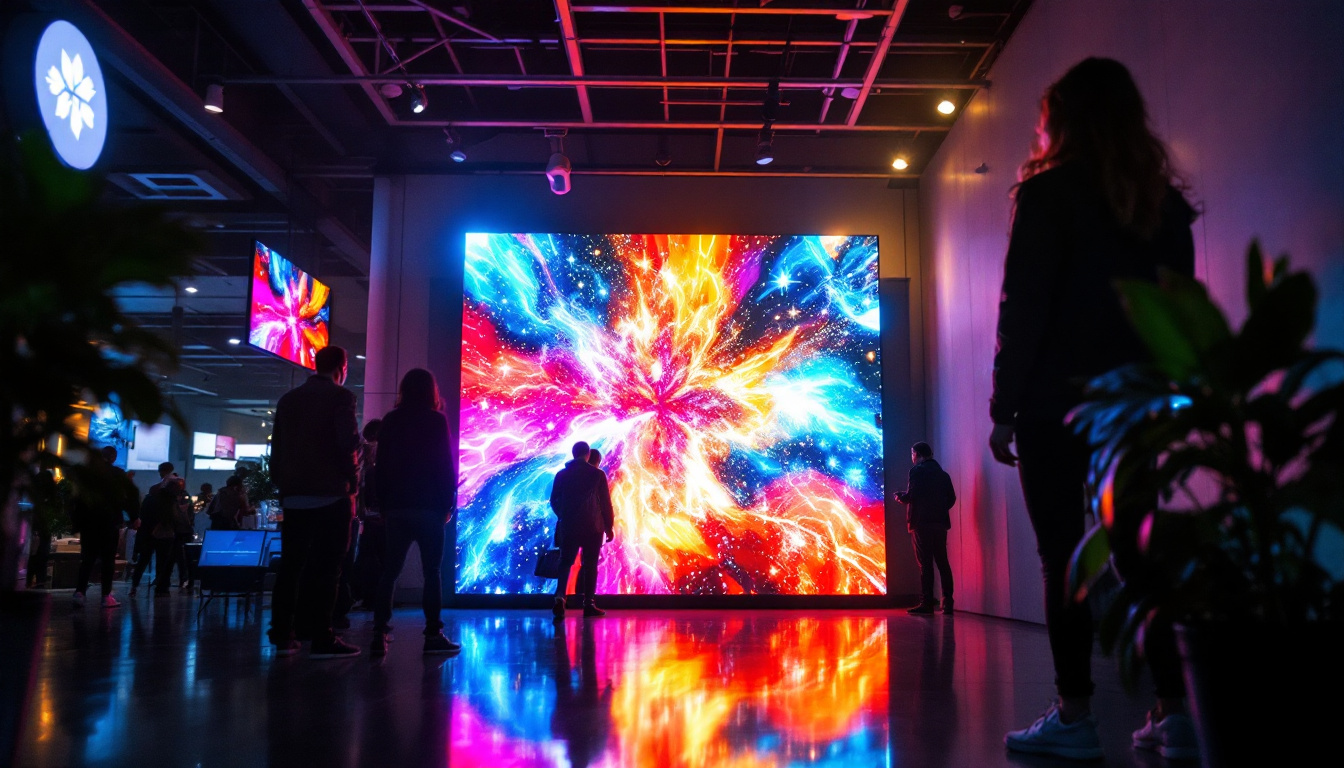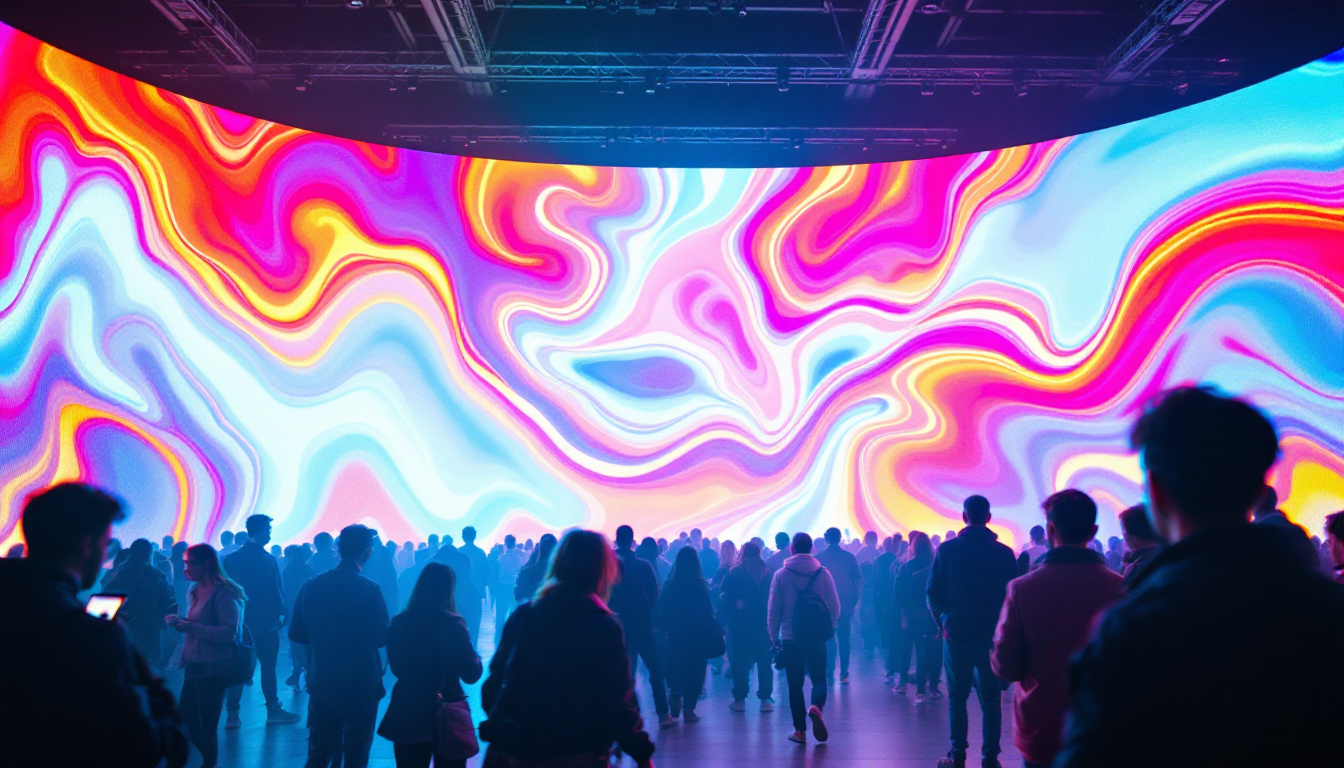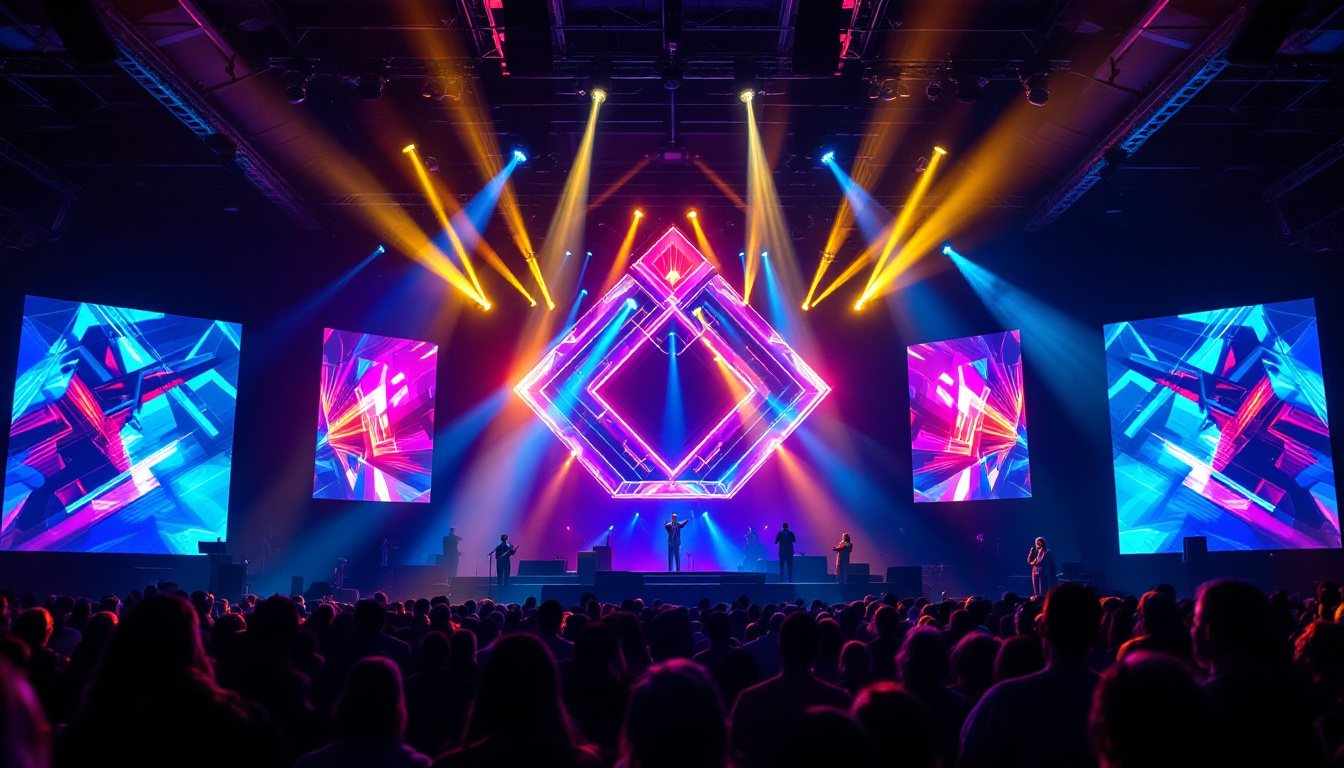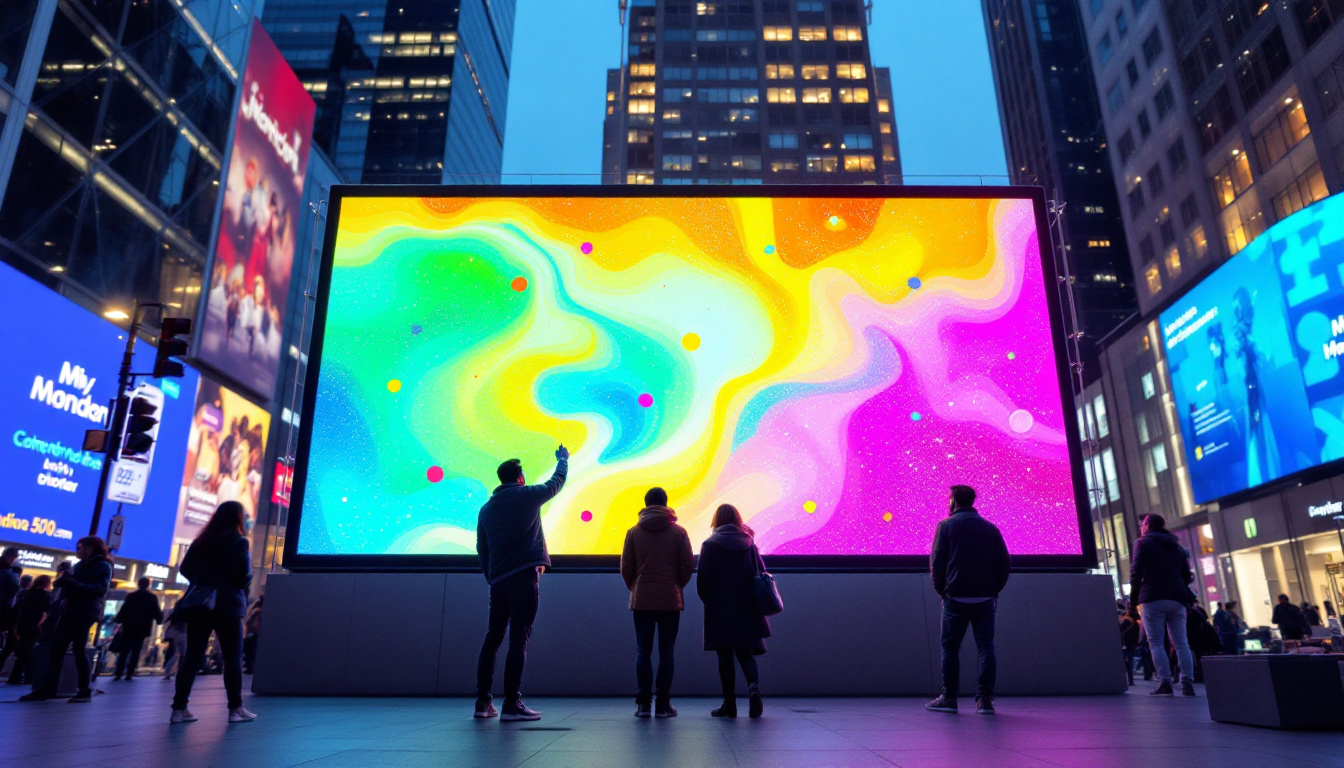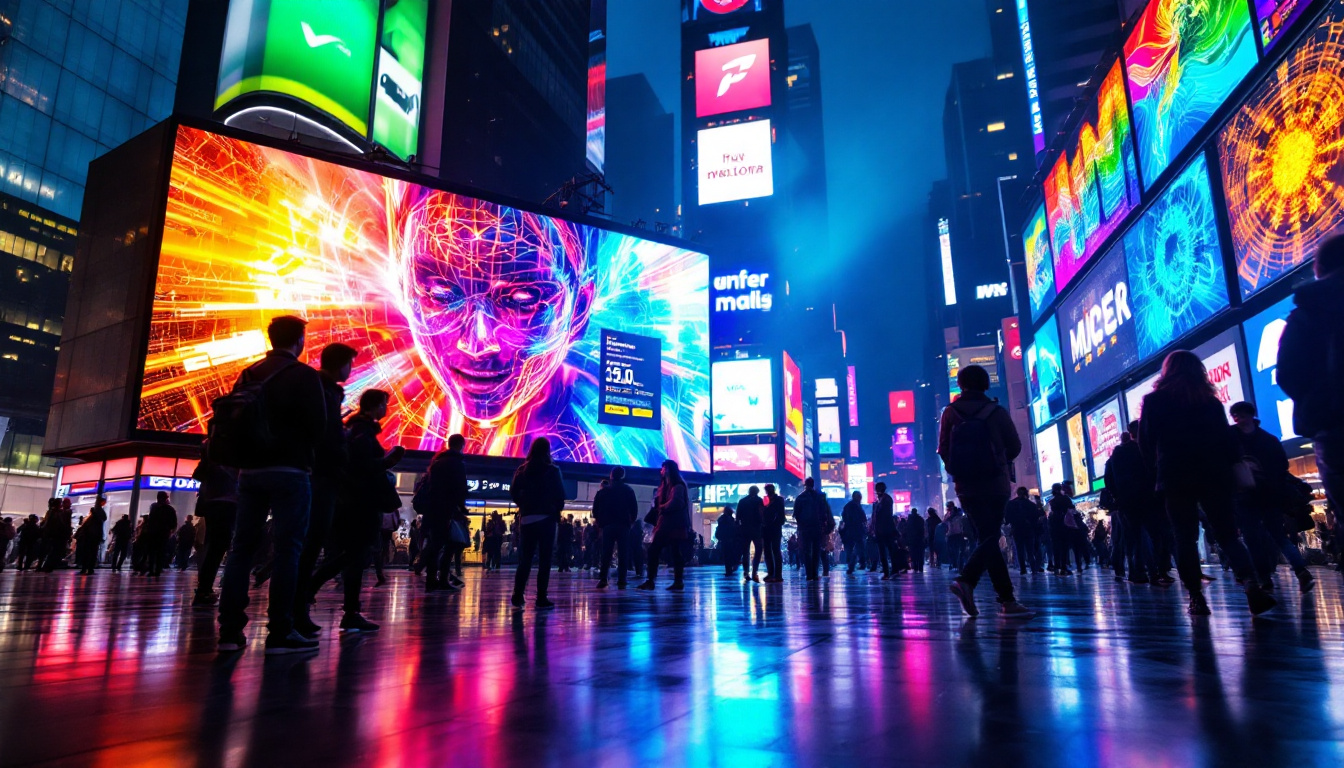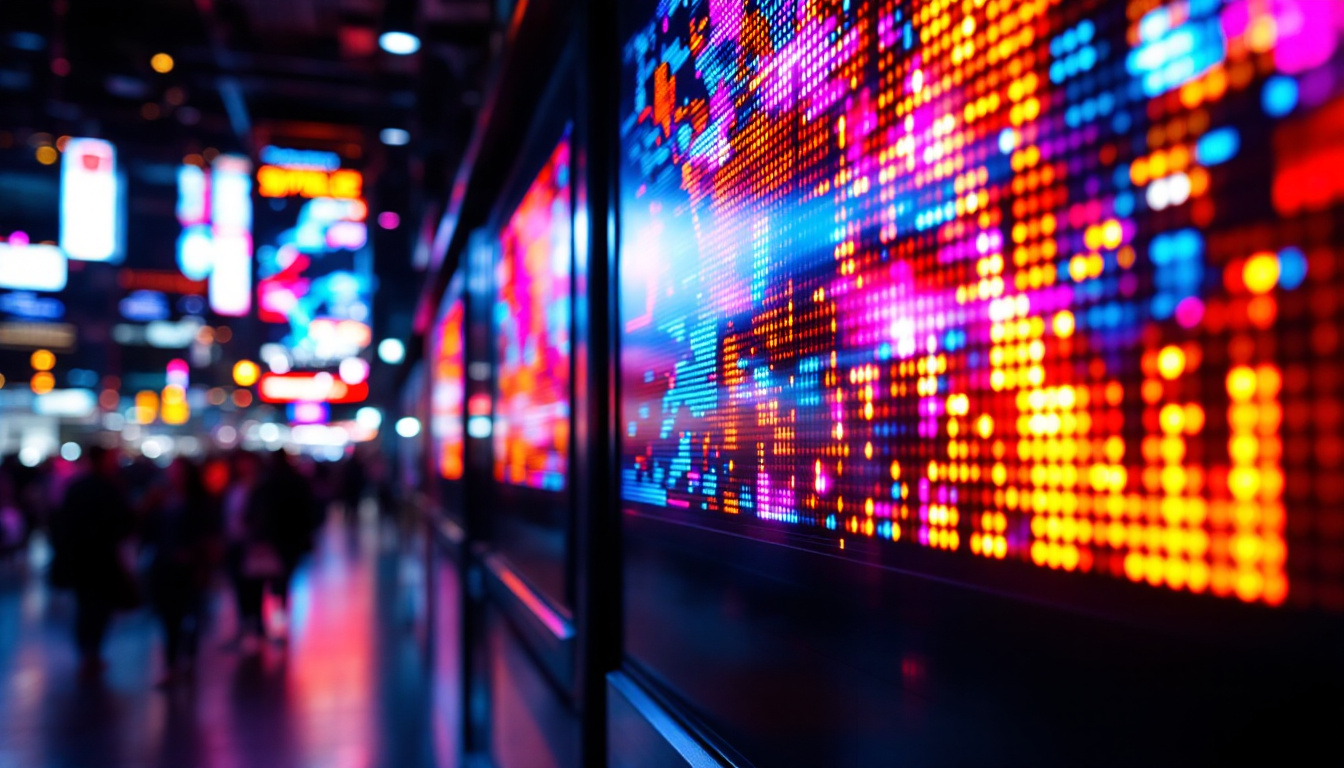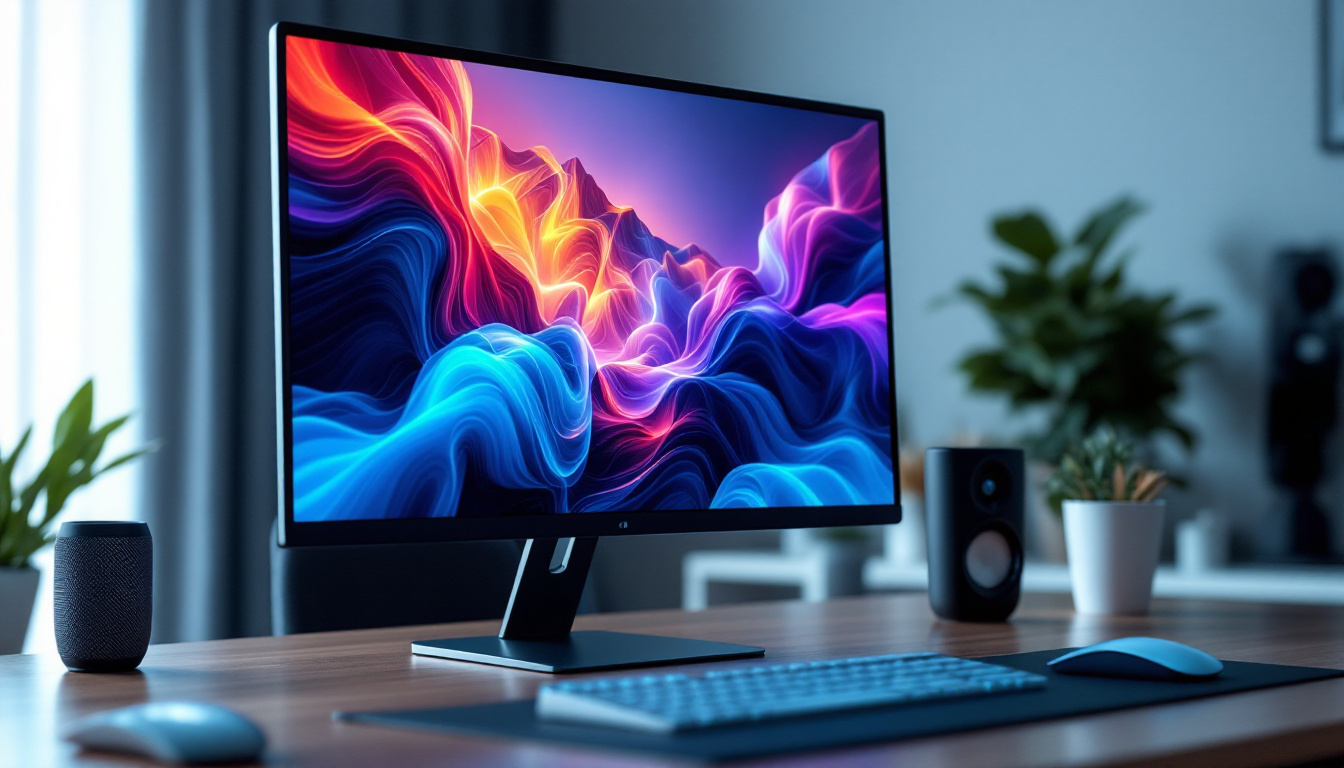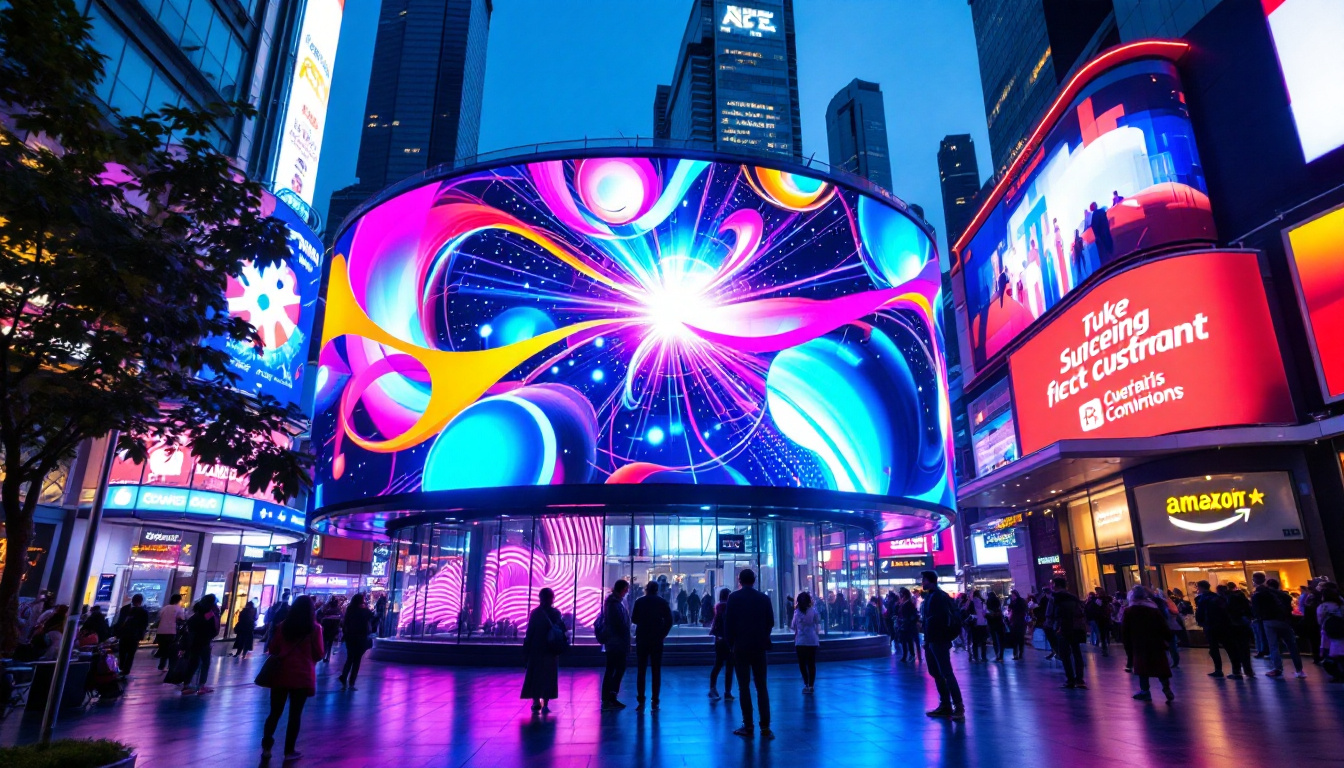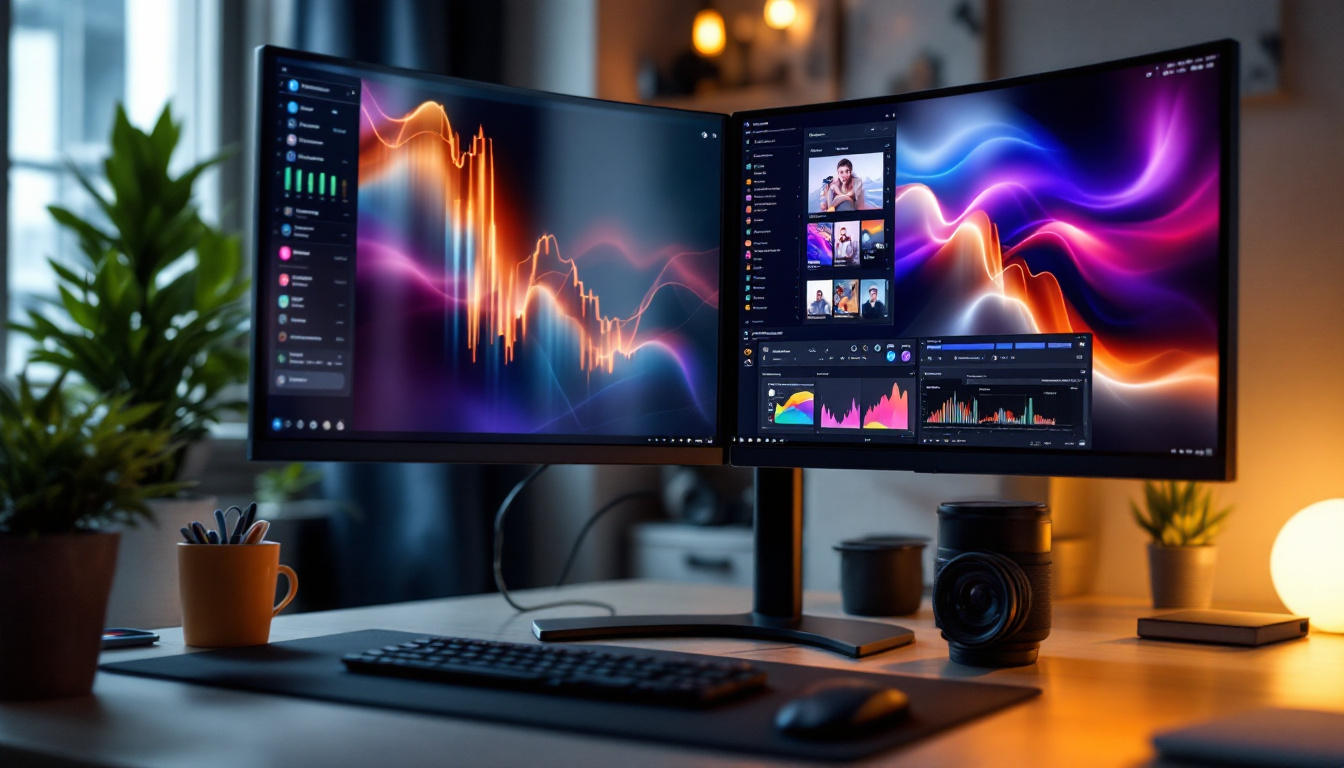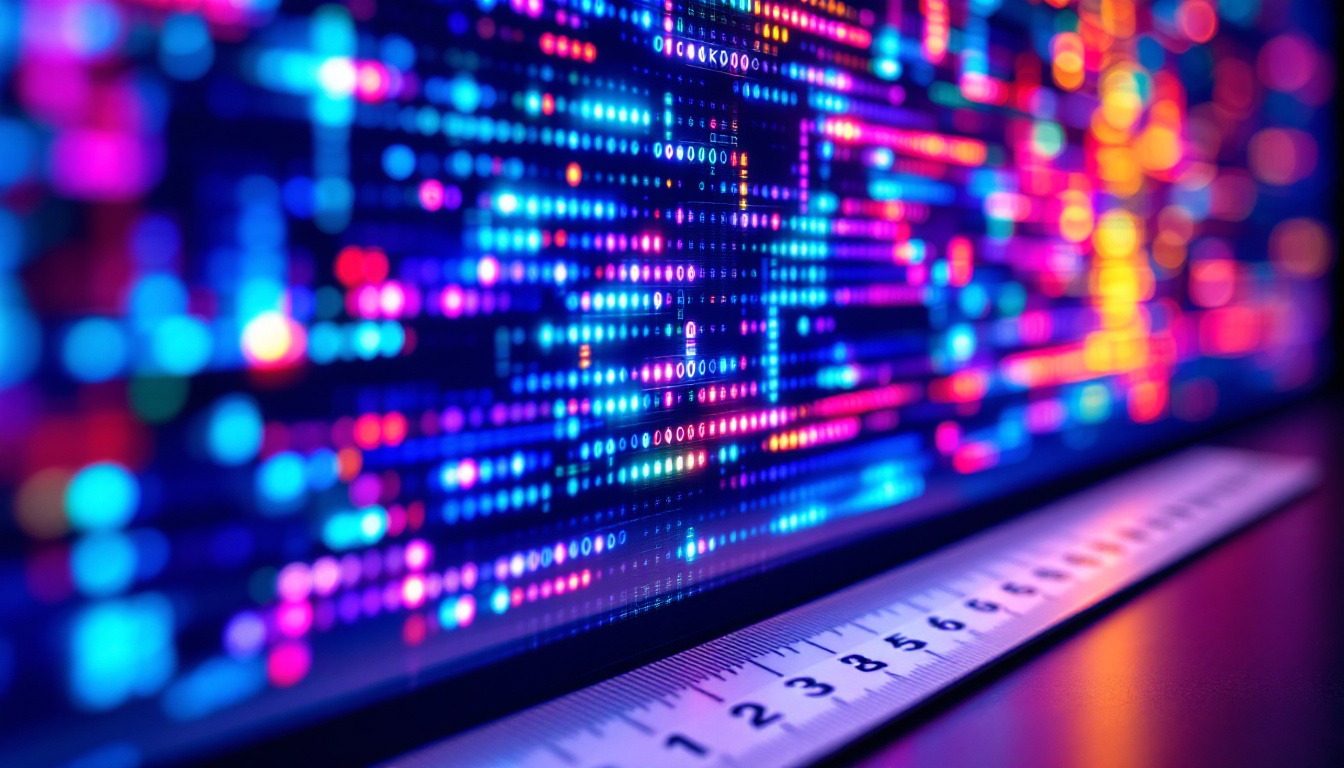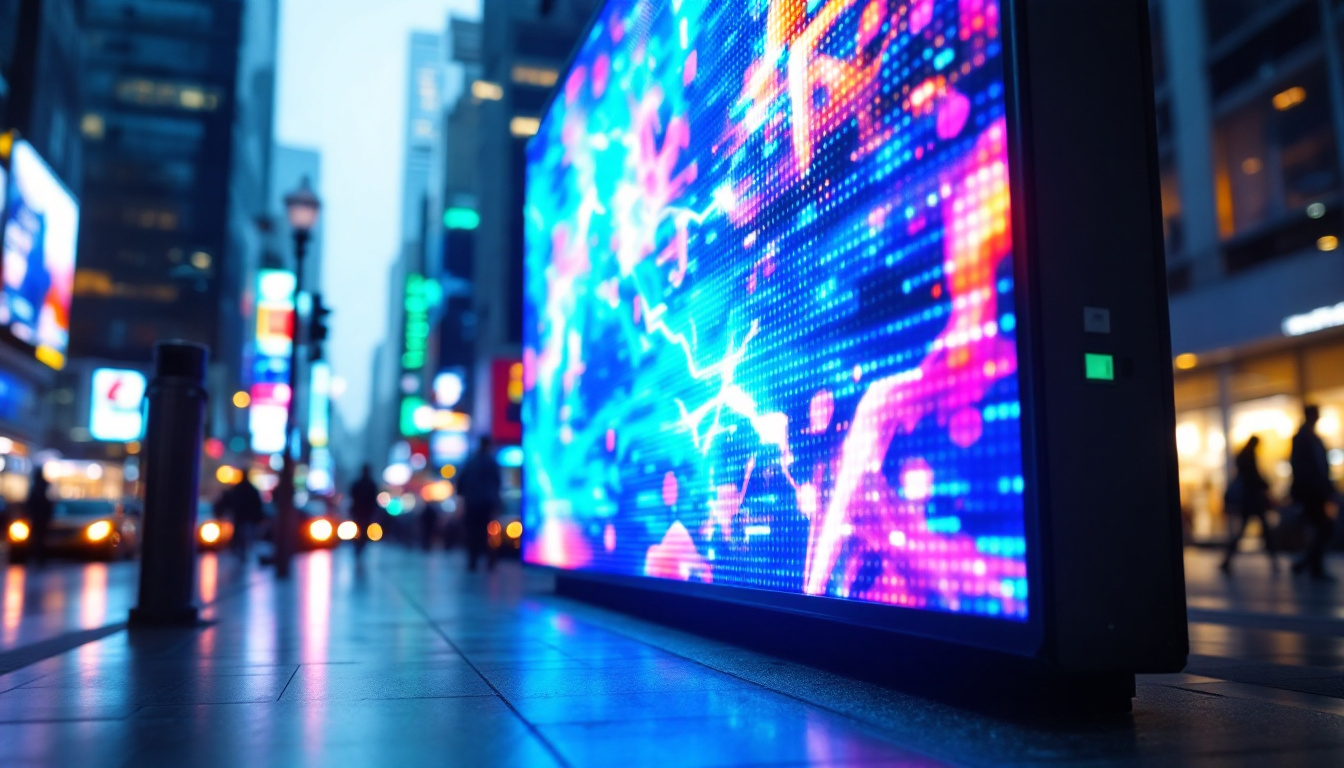In the rapidly evolving landscape of urban infrastructure, traffic cameras have become an essential tool for monitoring and managing road safety. In Beaverton, Oregon, the integration of LED displays with traffic cameras has significantly enhanced the way traffic information is communicated to the public. This article delves into the functionality of these systems, the benefits they offer, and their impact on traffic management in the region.
Understanding Traffic Cameras
Traffic cameras serve a variety of purposes, from monitoring traffic flow to capturing violations. In Beaverton, these cameras are strategically placed at key intersections and along major roadways to ensure comprehensive coverage of the city’s traffic patterns. Their presence not only aids in law enforcement but also plays a crucial role in urban planning and traffic management, allowing city officials to analyze trends and make informed decisions about infrastructure improvements.
Types of Traffic Cameras
There are several types of traffic cameras utilized in Beaverton, each designed for specific functions. The most common types include:
- Surveillance Cameras: These cameras are primarily used for monitoring traffic conditions and ensuring public safety.
- Red Light Cameras: Installed at intersections, these cameras capture images of vehicles that run red lights, aiding in law enforcement efforts.
- Speed Cameras: These devices monitor vehicle speeds and can issue citations to speeding drivers.
The deployment of these cameras has been instrumental in reducing traffic violations and enhancing road safety. By providing real-time data, they enable authorities to respond quickly to incidents and manage traffic flow effectively. Furthermore, the data collected from these cameras can be invaluable for research purposes, helping to identify high-risk areas and times for accidents, which can lead to targeted safety campaigns and infrastructure enhancements.
How Traffic Cameras Work
Traffic cameras operate using a combination of hardware and software technologies. High-resolution cameras capture images and video footage, which are then processed by specialized software. This software analyzes the data to identify traffic patterns, detect violations, and provide real-time updates to traffic management systems.
In Beaverton, the integration of LED displays with traffic cameras allows for immediate communication of traffic conditions to drivers. When a traffic violation is detected, the system can instantly display warnings or alerts on nearby LED boards, informing motorists of their actions and encouraging compliance with traffic laws. Additionally, these systems can be programmed to provide information about road conditions, construction updates, or accidents ahead, further enhancing the driving experience and promoting safer road usage.
Moreover, the evolution of traffic camera technology has led to the implementation of advanced features such as license plate recognition and artificial intelligence. These innovations enable law enforcement to track stolen vehicles more efficiently and analyze traffic behavior patterns over time. As technology continues to advance, we can expect even more sophisticated systems that not only enforce traffic laws but also contribute to smarter city planning and improved public safety initiatives.
The Role of LED Displays
LED displays play a crucial role in enhancing the functionality of traffic cameras. These displays are often placed in high-visibility areas to ensure that drivers can easily see the information being communicated.
Real-Time Information Sharing
One of the primary advantages of LED displays is their ability to share real-time information with drivers. Whether it’s a traffic jam, an accident, or a speed limit change, these displays can quickly convey essential updates, allowing drivers to make informed decisions.
For example, if a traffic camera detects a slowdown in vehicle movement due to an accident, the LED display can alert drivers to the situation ahead, prompting them to reduce speed or take an alternate route. This proactive approach helps to minimize congestion and enhance overall road safety. Additionally, during peak hours, these displays can provide updates on estimated travel times to various destinations, helping drivers plan their journeys more effectively and avoid unnecessary delays.
Enhancing Public Awareness
LED displays also serve an educational purpose, raising public awareness about traffic laws and safety practices. Messages such as “Buckle Up” or “Don’t Text and Drive” can be displayed prominently, reinforcing safe driving behaviors among the community.
By consistently reminding drivers of the rules of the road, Beaverton’s traffic management system aims to cultivate a culture of safety and responsibility. This educational aspect is particularly important in a growing city where increased traffic can lead to more accidents if not managed properly. Moreover, these displays can be programmed to highlight local events or road work, further informing the public about changes in traffic patterns that may affect their daily commutes. By integrating community-focused messages, LED displays can foster a sense of connection and awareness among residents, ultimately contributing to a more informed and engaged populace.
Benefits of Traffic Cameras with LED Displays
The integration of traffic cameras with LED displays offers several benefits for Beaverton’s residents and visitors. These advantages extend beyond mere surveillance, impacting the overall quality of life in the city.
Improved Traffic Flow
One of the most significant benefits of this technology is the improvement in traffic flow. By providing real-time updates on traffic conditions, LED displays help to alleviate congestion by guiding drivers toward less crowded routes. This not only saves time for commuters but also reduces fuel consumption and emissions, contributing to a healthier environment.
Moreover, the ability to monitor traffic patterns allows city planners to make data-driven decisions regarding infrastructure improvements and traffic signal timing, further enhancing the efficiency of the road network. For instance, if a particular intersection consistently experiences heavy traffic during peak hours, city officials can analyze the data collected from these cameras to implement changes such as adjusting signal durations or adding turn lanes, ultimately leading to smoother commutes and less frustration for drivers.
Increased Safety
Safety is a paramount concern for any urban area, and the combination of traffic cameras and LED displays plays a vital role in enhancing road safety. By deterring reckless driving behaviors through visible enforcement measures, these systems help to reduce the incidence of accidents.
Additionally, in the event of an emergency, traffic cameras can provide crucial information to first responders, allowing them to navigate the roadways more effectively. This rapid response capability can be the difference between life and death in critical situations. Furthermore, the presence of traffic cameras can also aid in post-accident investigations, providing valuable footage that can clarify the circumstances surrounding an incident. This not only assists law enforcement but can also help in resolving disputes between drivers, thereby promoting a fairer and more just road environment.
Beyond immediate safety benefits, the data collected from these cameras can also be utilized for educational purposes. Local schools and community organizations can leverage this information to raise awareness about safe driving practices, pedestrian rights, and the importance of obeying traffic signals. By fostering a culture of safety, the community can work together to reduce accidents and create a more secure atmosphere for everyone on the road.
Challenges and Considerations
While the benefits of traffic cameras and LED displays are clear, there are also challenges and considerations that need to be addressed. Understanding these challenges is essential for the continued success of these systems in Beaverton.
Privacy Concerns
One of the primary challenges associated with traffic cameras is the issue of privacy. As these cameras capture images of vehicles and their occupants, concerns arise regarding surveillance and data collection. It is crucial for the city to implement robust policies that protect the privacy of individuals while still ensuring public safety.
Transparency in how data is collected, stored, and used can help alleviate some of these concerns. By clearly communicating the purpose of the cameras and the measures in place to protect privacy, Beaverton can foster trust within the community.
Maintenance and Reliability
Another consideration is the maintenance and reliability of the traffic camera and LED display systems. Regular inspections and updates are necessary to ensure that these systems function optimally. Malfunctioning cameras or displays can lead to misinformation and decreased effectiveness, undermining the entire traffic management strategy.
Investing in quality equipment and establishing a routine maintenance schedule can mitigate these issues, ensuring that the systems remain reliable and effective in managing traffic.
The Future of Traffic Management in Beaverton
As technology continues to advance, the future of traffic management in Beaverton looks promising. The integration of artificial intelligence, machine learning, and advanced data analytics is set to revolutionize how traffic cameras and LED displays operate.
Smart Traffic Systems
The development of smart traffic systems is already underway in many urban areas, and Beaverton is no exception. These systems utilize real-time data from traffic cameras and other sources to optimize traffic signals, manage congestion, and enhance safety.
By leveraging AI algorithms, smart traffic systems can predict traffic patterns and adjust signal timings accordingly, reducing wait times at intersections and improving overall traffic flow. This proactive approach can lead to a more efficient transportation network and a better quality of life for residents.
Community Engagement and Feedback
Engaging the community in traffic management initiatives is essential for their success. Beaverton can benefit from involving residents in discussions about traffic safety and management strategies, gathering feedback on existing systems, and incorporating public input into future developments.
By fostering a collaborative environment, the city can ensure that its traffic management systems meet the needs and expectations of its residents, ultimately leading to a safer and more efficient transportation network.
Conclusion
The integration of traffic cameras and LED displays in Beaverton, Oregon, represents a significant advancement in urban traffic management. These systems offer a range of benefits, from improved traffic flow to enhanced safety, while also posing challenges that require careful consideration.
As technology continues to evolve, the potential for smarter, more efficient traffic management systems will only increase. By prioritizing community engagement and addressing privacy concerns, Beaverton can pave the way for a safer, more efficient transportation future.
Ultimately, the collaboration between technology and urban planning holds the key to transforming how cities manage traffic, ensuring that they remain safe and accessible for all residents.
Explore Cutting-Edge LED Display Solutions from LumenMatrix
As Beaverton continues to embrace the synergy of traffic management technology and urban planning, LumenMatrix stands at the forefront of this revolution with our advanced LED display solutions. From enhancing road safety to improving traffic flow, our diverse range of products, including Indoor and Outdoor LED Wall Displays, Vehicle LED Displays, and Custom LED Solutions, are designed to meet the dynamic needs of modern cities. Discover how LumenMatrix can illuminate your traffic management systems and captivate your audience by visiting our LED Display Solutions page today.

